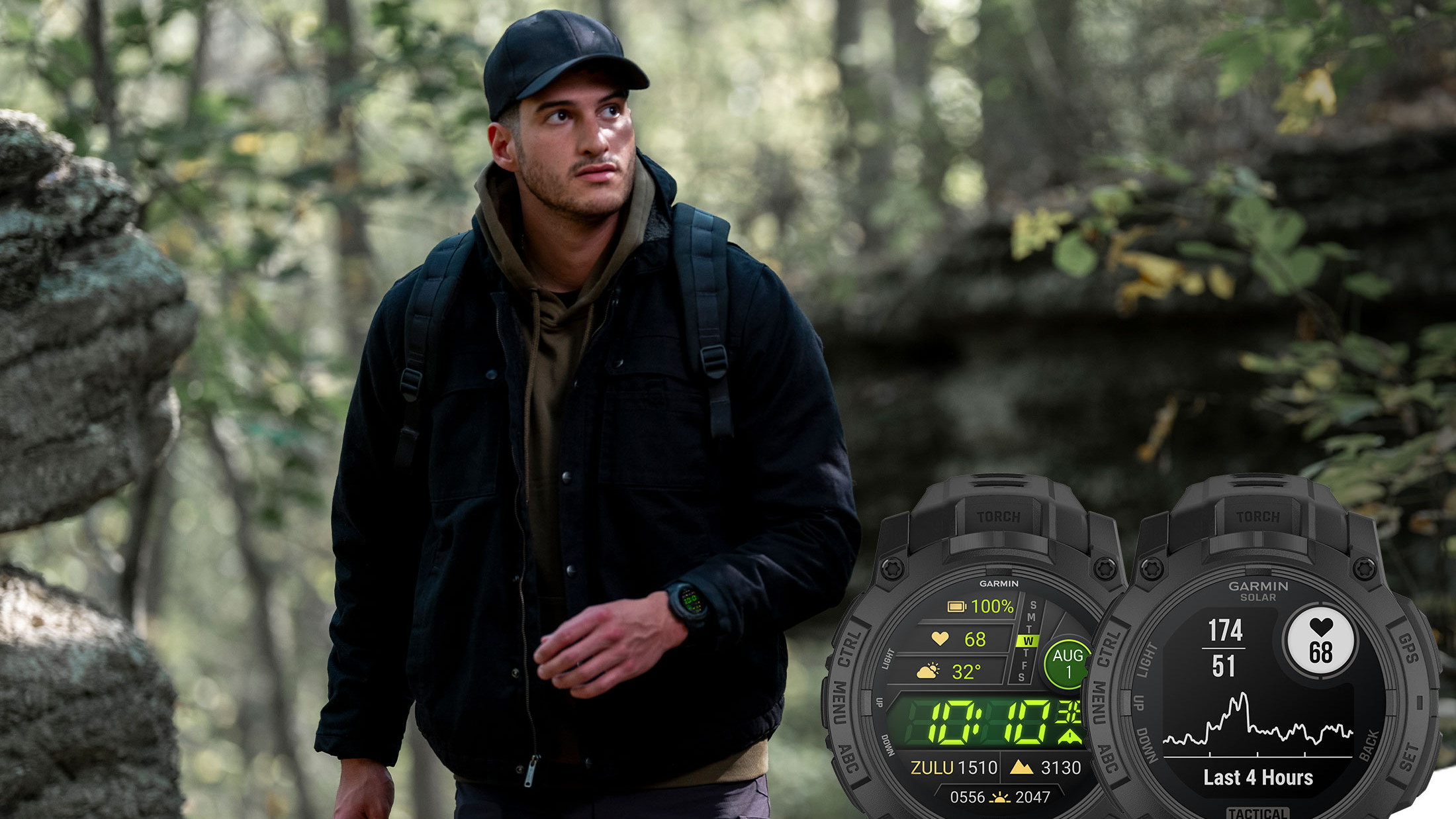Advnture Verdict
A no-nonsense duffel bag with a proven design. If you’re after a solid, durable gear hauler from a brand that do things properly, this is the duffel bag for you. Thoughtful features, like the interior storage compartment that doubles up as a stuff sack, add a little bit of flair to what is otherwise a very, very functional piece of kit.
Pros
- +
Impressively hardwearing
- +
Crafted from recycled polyester and TPU
- +
Packs down into stuff sack for easy storage
- +
Stuff sack doubles up as interior storage
- +
Removable shoulder straps for backpack carry
- +
Burly webbing for lashing extra gear
Cons
- -
Lack of padding on carry handles
- -
Poppers on the main handle could be better
- -
Relatively expensive compared to some
You can trust Advnture
Patagonia, the all-conquering Californian outdoor brand, needs little introduction. As well as consistently producing excellent outdoor gear since it was founded by Yvon Chouinard in 1973, it has led the way when it comes to sustainability, providing the example for other outdoor brands to follow. It’s been pledging at least 1% of its profits since 1985 and, in 2022, it made the pioneering move of donating all its non-voting stock to the Holdfast Collection, a non-profit at the vanguard of the fight against climate change. It’s this blend of sustainability and quality that puts Patagonia among the most expensive outdoor brands but also one of the most loved.
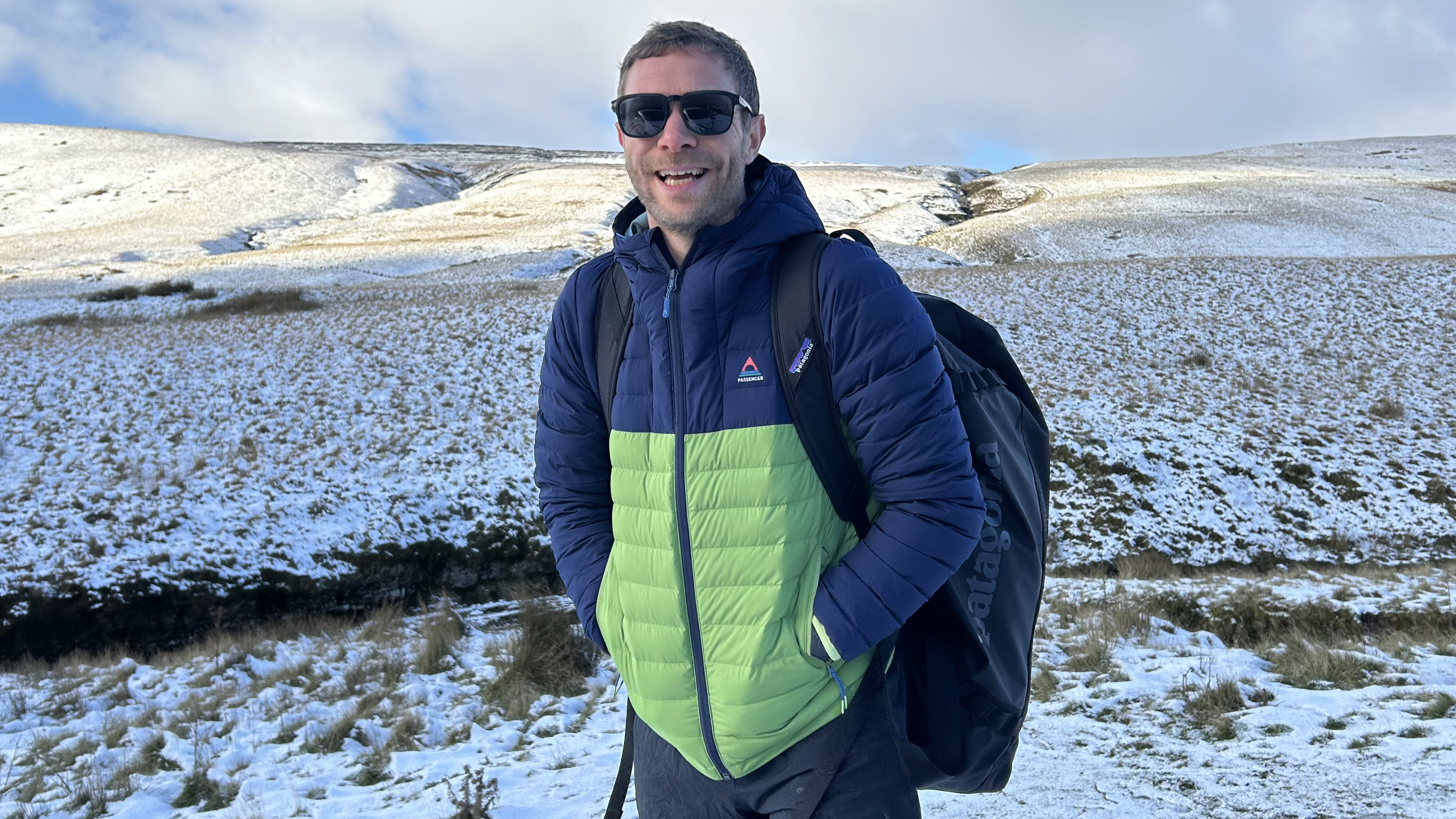
Patagonia has been selling its popular Black Hole bags since the ’90s and these days, true to form, the Black Hole is crafted from fully recycled polyester. As of 2023, 98% of the brand’s gear was made from recycled materials and it aims to eliminate its virgin polyester use entirely by 2025. The Black Hole's design is also in line with the brand’s focus on durability, which you’d expect for something designed to spend its life travelling, lugging heavy outdoor kit around and being thrown from pillar to post. It comes in a range of sizes and with wheeled options too.
I was lucky enough to test the 70L, non-wheeled version of the Black Hole courtesy of the wonderful people at Trekkit, UK outdoor gear specialists.
First impressions
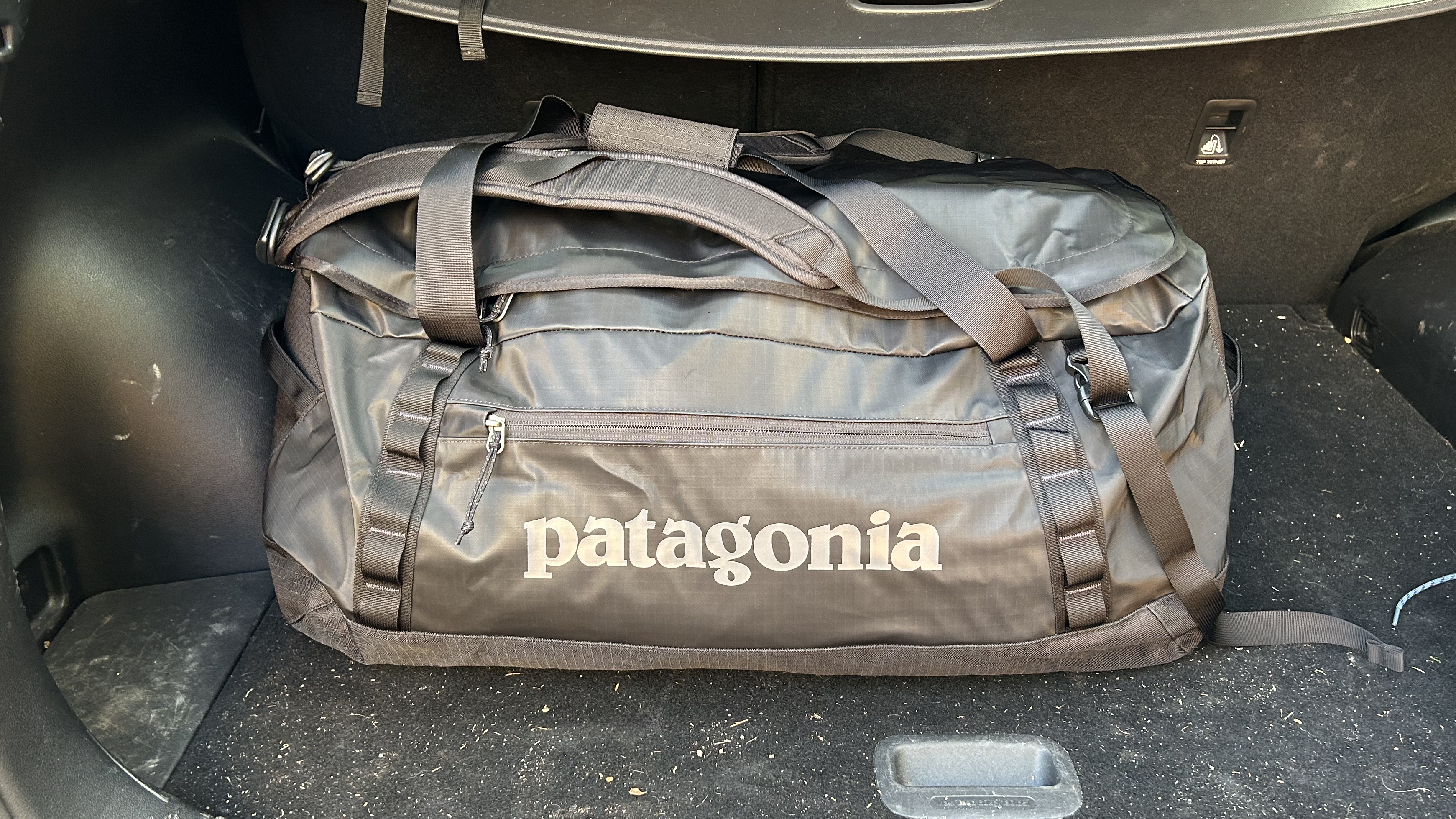
RRP: $199 (US) / £180 (UK)
Weight: 1,365g / 3lbs
Materials: 100% recycled polyester ripstop with a matte, recycled TPU-film laminate
Capacity: 70L
Size: 66cm x 35.6cm x 27.9cm / 26” x 14” x 11”
Versions available: 40L, 55L, 70L, 100L / 40L, 70L, 100L wheeled
Colors: Matte Black, Matte Unity Fitz / Ink Black, Endless Blue (UK and US); Matte Nouveau Green, Matte Smolder Blue, Pine Needle Green, Dulse Mauve, Seabird Grey (US only)
The Black Hole comes stuffed into its own little storage sack, which then doubles up as an interior compartment. You can access it from outside and inside once the duffel is opened up – an impressive design feature. The fact that you can collapse the entire thing’s mass back into a much smaller space is also quite apt given that it’s called the Black Hole.
In similarly fitting fashion, I was testing the Matte Black version, which is totally devoid of color save for the green Patagonia text along its flanks. I used to work as a stage technician, often spending my evenings working backstage at an international concert hall. The Black Hole’s functional appearance, coupled with this lack of color, put me in mind of something that wouldn’t look amiss holding microphone stands, sat on top of a flight case.
This was my overriding first impression, one of no nonsense, tough-as-nails durability and functionality. It’s not particularly sexy, it’s not about bells and whistles, but it’s got a certain amount of cool about it. Anyone who’s watched Reservoir Dogs will know that, deep down, everyone wants to be Mr Black.
Meet the expert

Alex is a qualified Mountain Leader and former President of the London Mountaineering Club. He often travels to the pointier bits of Europe top get his kicks, whether that be the Scottish Highlands or the Alps. He's an expert on mountain kit.
Features

The fabric that bestows the Black Hole with its rugged durability is a weather- and abrasion-resistant polyester ripstop, topped by a matte TPU-film laminate. As mentioned, the materials used are recycled – the use of recycled TPU cuts the carbon emissions involved in the bag’s manufacture by 91% per kg, according to the brand.
The cavernous interior has a 70L capacity, ideal for long trips to the mountains, camping trips, family vacations or any other instance you’d need to haul or transport a load of gear. Its shape is ‘roughly’ compatible with Patagonia’s 14L Black Hole Cubes, which can be placed in the base of the pack, with room for more gear on top. However, I didn’t have the privilege of owning the Cubes to test this out.
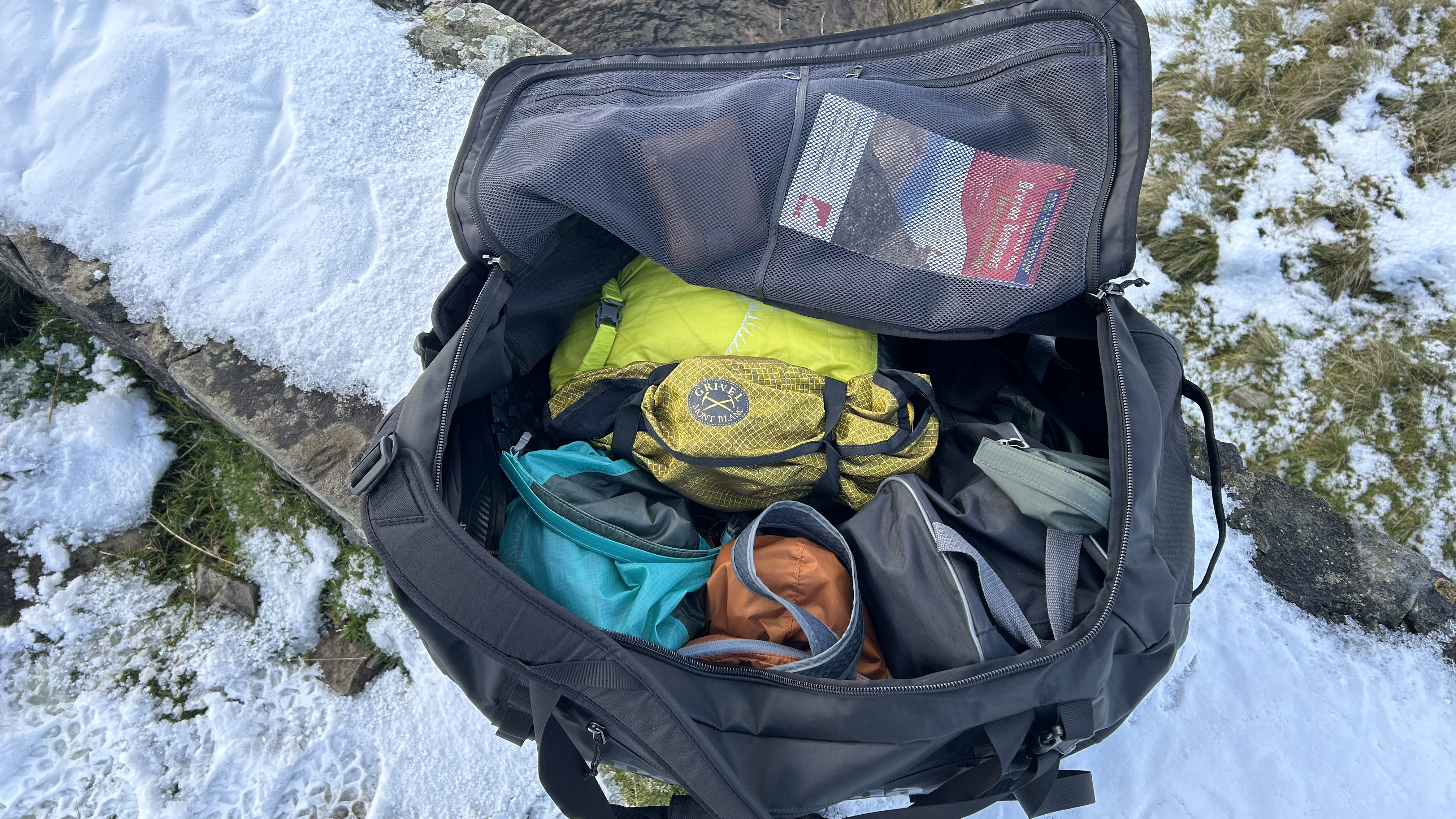
I’ve already sang the praises of the side compartment, which is accessible from both the inside and out, as well as doubling up as the stuff sack. This is the most obvious dash of flair in what is otherwise a very safe but very accomplished design. The compartment is ideal for items you’d want convenient access to, whether it’s your toiletries on a long trip or your child’s fluffy penguin.
The main lid opens up on three sides in the usual U-shape, deploying chunky, hardwearing 2-way YKK zippers with fabric pulls for closure. The interior of the lid feature two zippered mesh pockets for other essentials. Think passports, travel documents, guidebooks and topo maps.
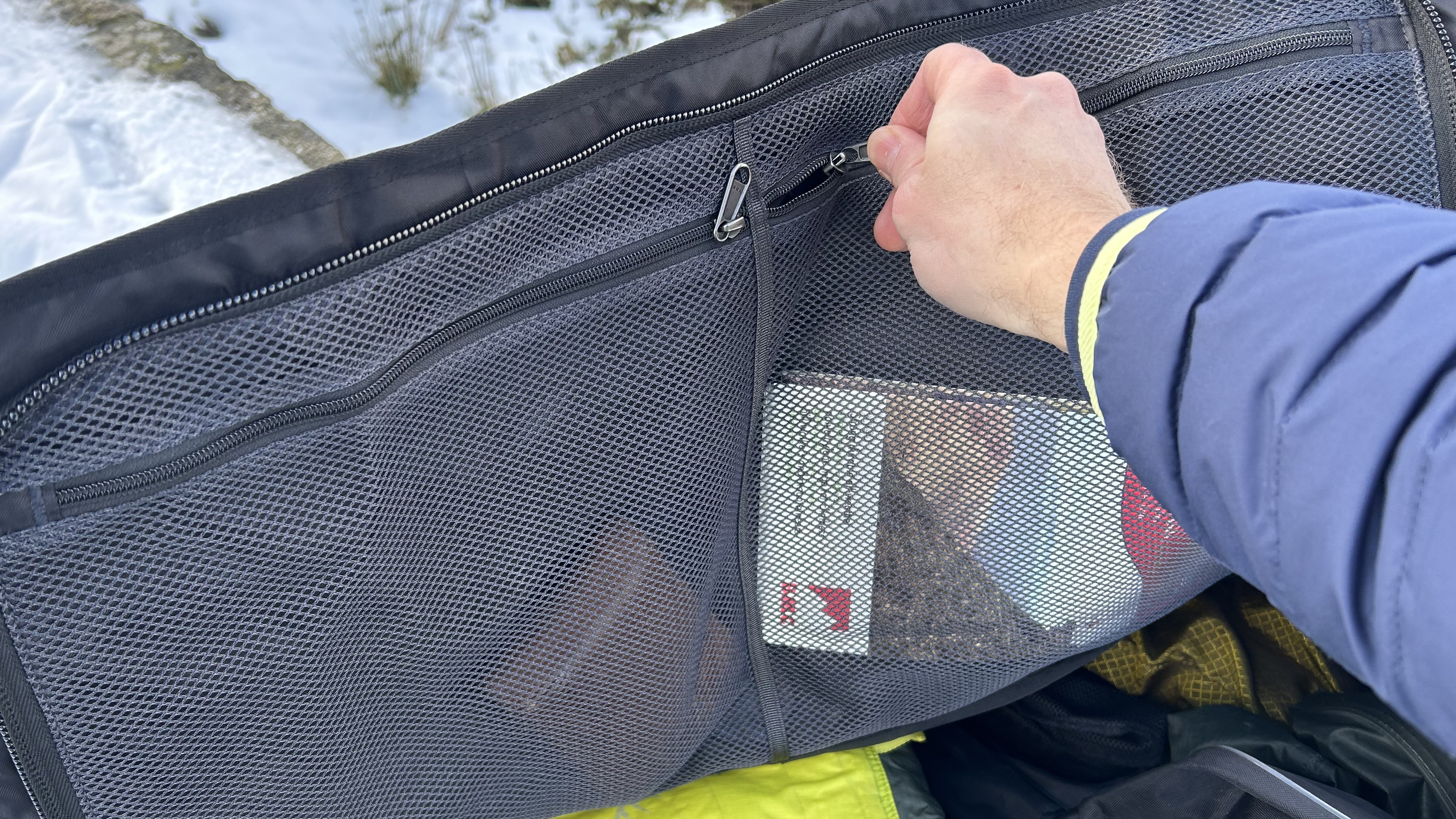
If you run out of room in the main compartment, sturdy daisy chains down either side provide the option to attach gear externally. They can also be put to use in those instances where you’d want to secure the bag down. At either end of the duffel are burly grab handles for two-person hauling or lifting, while there are the usual dual carry handles, fixed together in the middle with a reinforced sleeve with popper attachment. Neither the side grab handles nor the sleeve feature padding, which might have been a welcome addition.
The Black Hole can also be carried as a backpack, thanks to two removable, padded shoulder straps. These affix to buckles at one end and slot into plastic D-loops at the other. There’s no doubt that the ability to carry it as a backpack is a real boon in terms of comfort on longer carries.
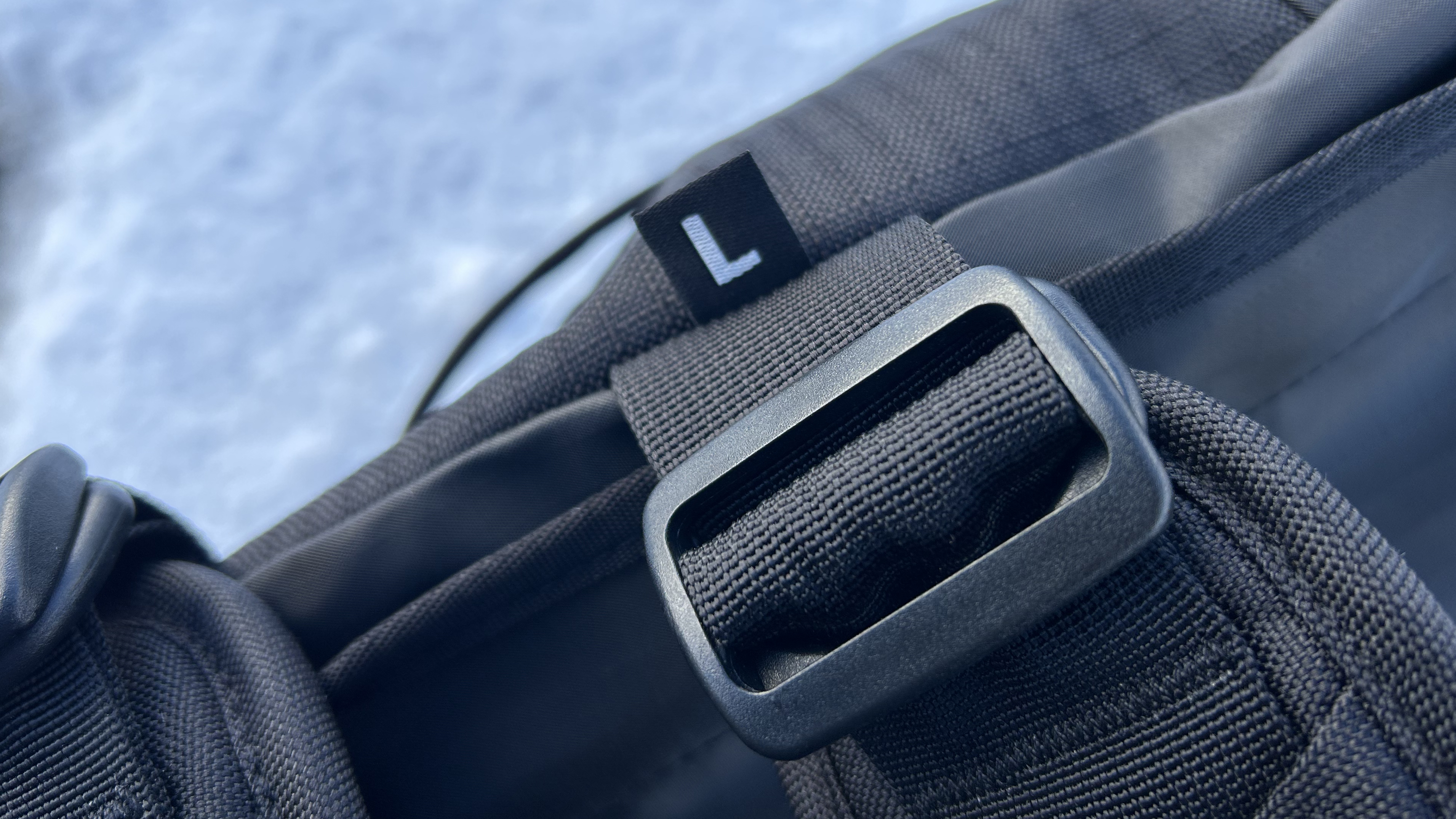
Duffels have to cope with more than their fair share of rough handling and abuse. While you’d maybe think twice about sliding your best hiking backpack along the rough floor of a mountain hut, this is the kind of behavior that duffel’s have to put up with on a regular basis. So, the base of the bag is reinforced for increased abrasion resistance. It’s not advertised as being waterproof per se – it's labelled as water-resistant – so I was interested to see how it fended off the drink on test. More on this in a mo.
In the field

I’ve been using the Black Hole Duffel to haul kit to and from mountaineering meets across the UK, as well as using it as a handy pack for family weekends away from home.
As I’ve already alluded to, there’s nothing particularly fancy about the Black Hole, it just does it jobs very well and without a fuss. One of the beautiful things about its simplicity is that it’s been designed to be easily repairable, a quality that Patagonia has been putting lots of focus on in recent years with its product repair services. So, if I were to maul the Black Hole with my crampons, I’d have the option of getting it back to good as new, usually within a couple of months.
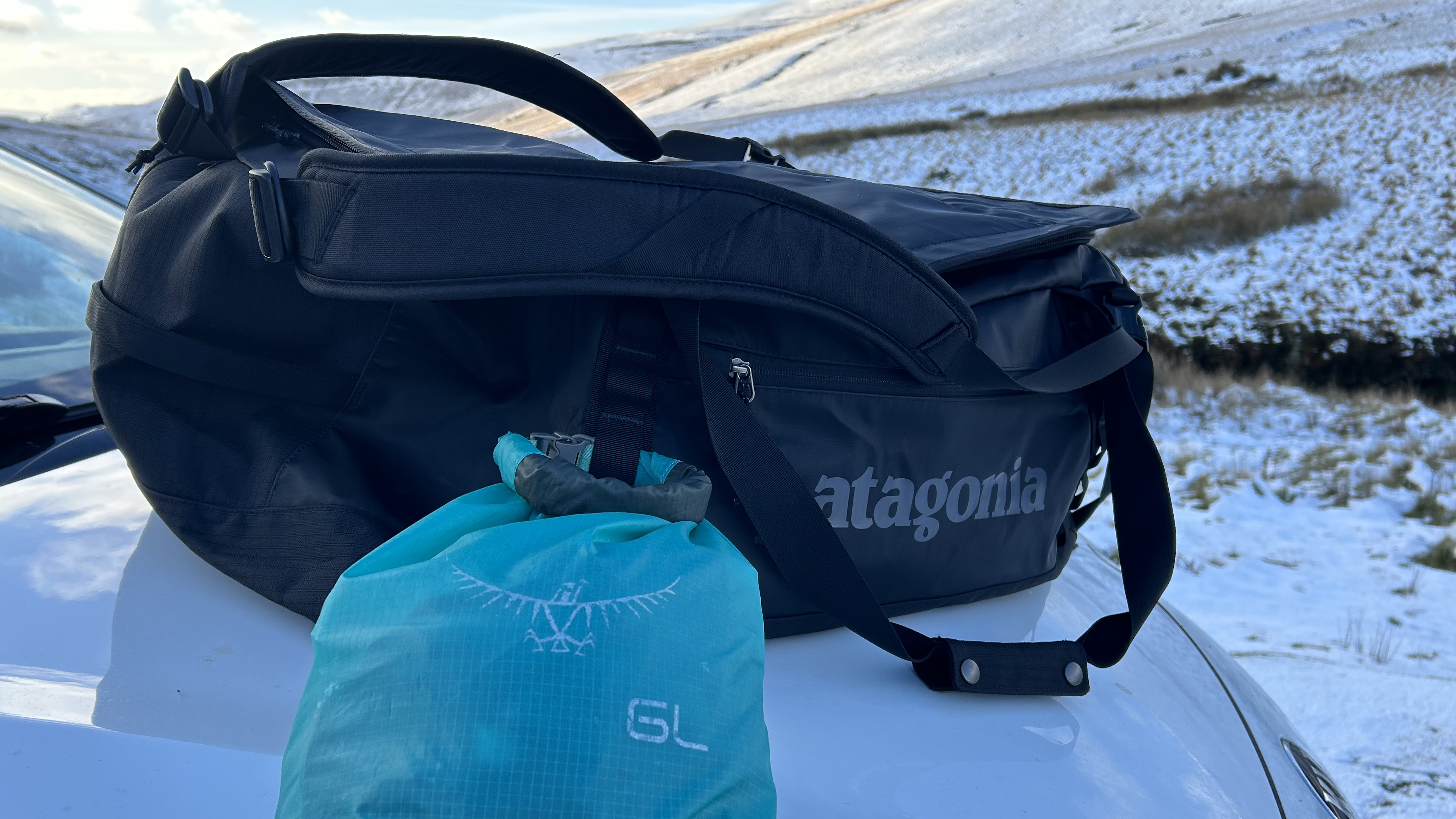
As promised, the bag provided good resistance against rain, particularly the reinforced lid and side panels, which causes water to bead and run off the surface. However, it's not totally waterproof so I wouldn't recommend leaving your kit out in a storm overnight.
I initially found freeing the duffel from its own stuff sack quite difficult, but it’s the kind of thing that just requires a little practice. Adding or removing the shoulder straps is much more of a doddle and the ‘R’ and ‘L’ labelling and matching straps couldn’t be much clearer.
Once on the shoulders, it’s a relatively comfortable carry – I say relatively because a duffel bag is never going to be in the same league as something designed to be carried all day. But, for getting the bag between the car and a hut or from the train to baggage check-in, it is relatively comfortable. The shoulder straps are nicely padded and, if when carrying a really heavy load, I could always tie the excess straps around my waist, taking the weight off my shoulders a little. This isn’t a design feature per se, but a helpful, unintended consequence.
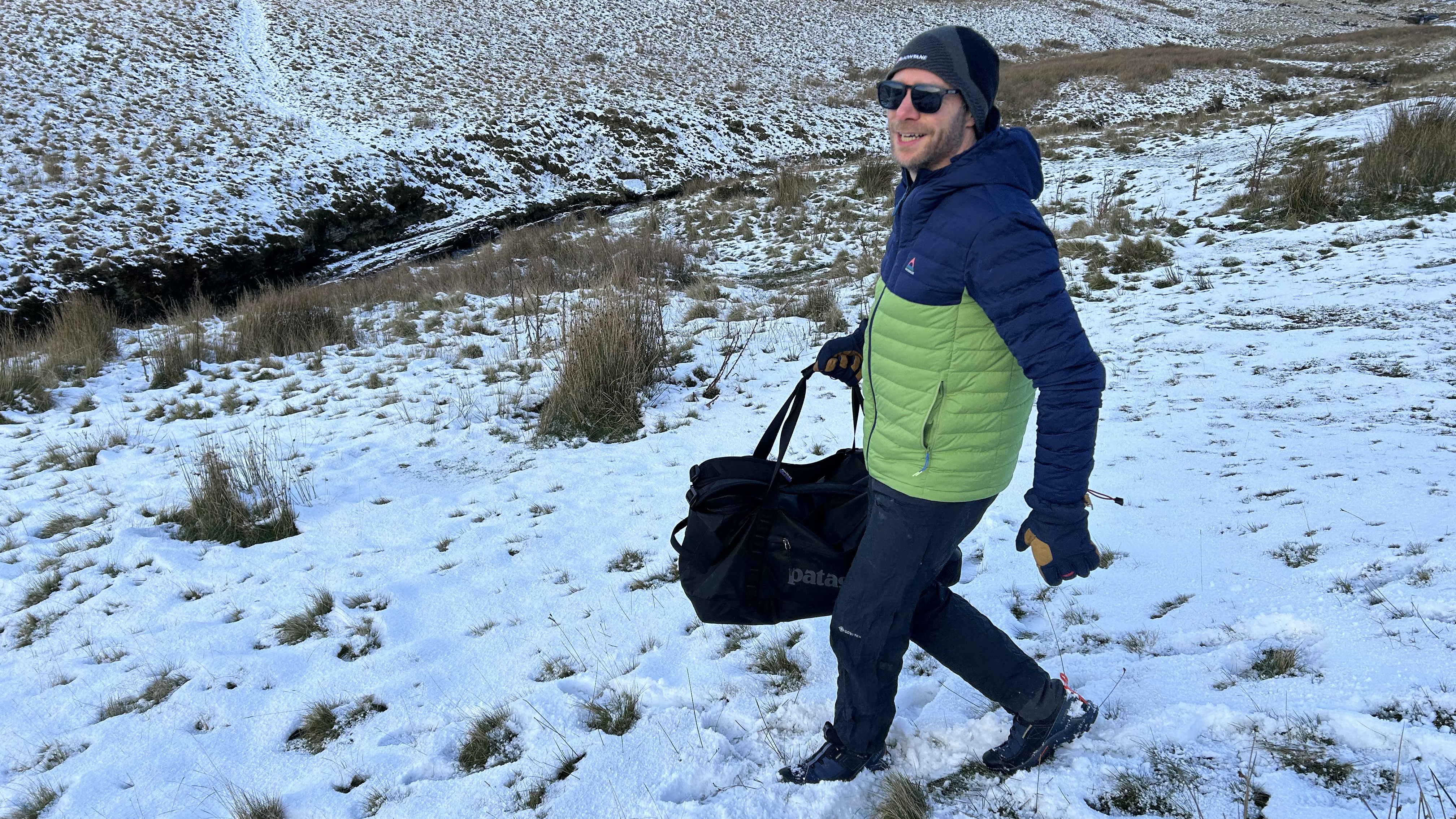
The grab handles feel very solid and make it easy to lift the duffel from one place to another, though the poppers that secure the handle are a bit fiddly if you don’t get both straps aligned properly. There’s no padding to speak of on either of these, which would make longer hauls more comfortable – but then, that’s what the shoulder straps are for, so I can’t gripe too much with this. Speaking of solid, the main, chunky zippers feel as though they’ll last a lifetime and their pullers are easy to grab when wearing gloves.
Alex is a freelance adventure writer and mountain leader with an insatiable passion for the mountains. A Cumbrian born and bred, his native English Lake District has a special place in his heart, though he is at least equally happy in North Wales, the Scottish Highlands or the European Alps. Through his hiking, mountaineering, climbing and trail running adventures, Alex aims to inspire others to get outdoors. He's the former President of the London Mountaineering Club, is training to become a winter mountain leader, looking to finally finish bagging all the Wainwright fells of the Lake District and is always keen to head to the 4,000-meter peaks of the Alps. www.alexfoxfield.com

